Dak Lak, a province beckoning with the allure of Vietnam's Central Highlands, is an undiscovered gem for those willing to traverse beyond the well-trodden paths. This region is steeped in natural beauty, marked by lush landscapes and a tapestry of indigenous cultures. The best time to visit Dak Lak is intricately tied to its climate, which presents travelers with two distinct seasons: the wet and dry seasons. Understanding these fluctuations ranging from intense rains that can cloak the province in mystery to clear skies that reveal stunning vistas will enrich your exploration of Dak Lak.
For those yearning for adventure, cultural encounters, or simply a tranquil escape, timing is everything. By navigating the nuances of Dak Lak’s climate, one can truly appreciate the vibrant wildflowers, cultural festivals, and the serene natural landscapes in their full glory. So, let’s dive deep into the characteristics of Dak Lak’s climate, helping you pinpoint the prime time to experience everything this region has to offer.
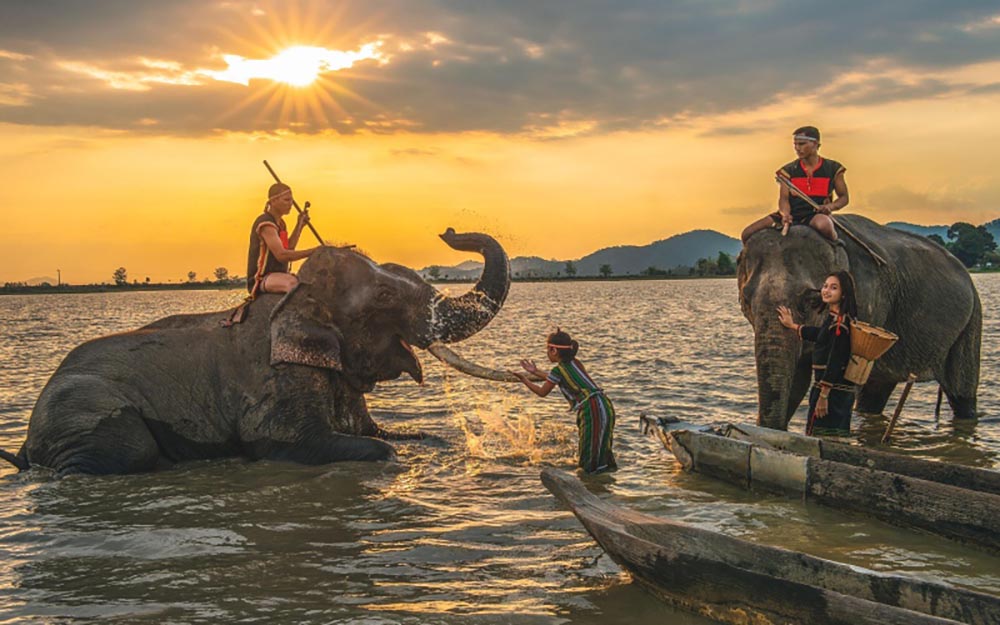
Located in the heart of Vietnam, Dak Lak experiences a tropical climate, characterized by a distinct separation of wet and dry seasons. This climatic distinction plays a crucial role in shaping the local environment, influencing travel experiences, outdoor activities, and overall enjoyment for visitors throughout the year. The wet season spans from May to October, during which torrential rains and high humidity levels are prevalent. On the other hand, the dry season, from November to April, provides an inviting backdrop for exploration, featuring mild temperatures and reduced rainfall.
In the 2023 data about Dak Lak's climate, it is highlighted that July through September brings the heaviest rainfall, impacting outdoor activities significantly. This is contrasted sharply with the dry spell that sets in from late November, making way for clear skies and cooler nights. The natural rhythm of Dak Lak's seasons not only influences local agriculture especially coffee and rubber plantations but also offers unique opportunities for visitors to immerse themselves in cultural events and natural explorations.
Exploring Dak Lak in the dry season means experiencing a palette of colors and landscapes that come alive in the sun-drenched highlands while enjoying moderate temperatures, often ranging between 20°C to 30°C (68°F to 86°F). As we progress into the specifics of Dak Lak’s climate, the nuances of transitioning between wet and dry seasons will further elucidate when to plan your trip for maximum enjoyment and discovery.
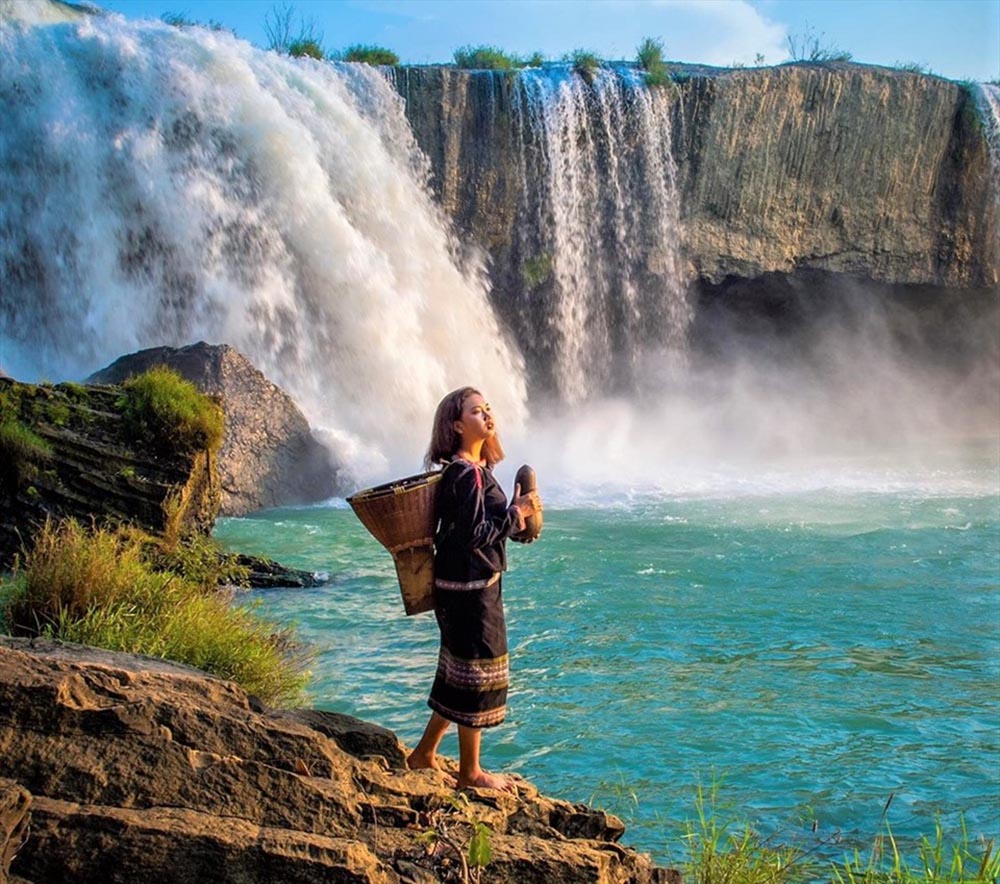
Understanding the distinction between Dak Lak's wet and dry seasons is pivotal for anyone planning a visit. The wet season, occurring from May to October, is marked by considerable rainfall, particularly from July to September, when rainfall can account for nearly 80% of the region’s annual precipitation. This season can feel like an emotional rollercoaster, where you witness dramatic changes in the landscape, as the rains bring life back to the flora and fauna. The lush greenery can be breathtaking, but don’t let it fool you this beauty comes hand-in-hand with challenges.
Consider these practical tips for visiting Dak Lak in the rainy season:
Conversely, the dry season, which runs from November through April, transforms the canvas entirely, offering an idyllic backdrop for exploration. The dry months present mild temperatures, averaging around 25°C (77°F), with cool evenings making the environment much more enjoyable. During this time, Dak Lak is vibrant, featuring blooming landscapes and cultural festivities.
Best practices for visiting during the dry season:
The variance between the seasons serves not merely as a backdrop but as a catalyst for unique experiences. A skillful traveler may find joy in both seasons; the weight of the wetness contrasts beautifully with the crispness of the dry, each offering its distinct allure. This contrast becomes a metaphor for the rich experiences Dak Lak has to offer an emotional journey through Vietnam’s heart.
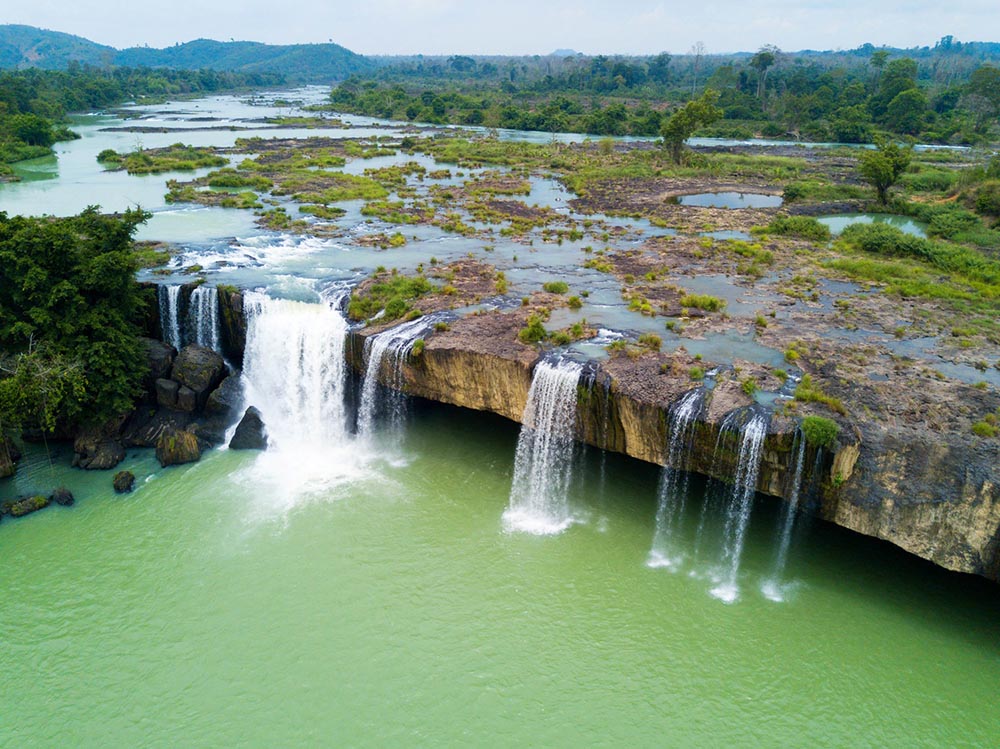
Navigating Dak Lak’s temperature trends can provide travelers a crucial edge in planning their visit. The average monthly temperatures in Dak Lak reveal a pattern that aligns with the province’s seasonal changes. Below is an overview of the average temperatures from January to December, giving insight into what travelers can expect each month.
| Month | Average Daytime Temperature (°C) | Average Nighttime Temperature (°C) | Description |
|---|---|---|---|
| January | 29 | 19 | Pleasant Weather |
| February | 32 | 19 | Very Warm |
| March | 34 | 22 | Pleasant Weather |
| April | 35 | 24 | Warmer |
| May | 34 | 24 | Unpleasant |
| June | 32 | 24 | Tolerated by Visitors |
| July | 31 | 23 | Tolerable |
| August | 31 | 23 | Tolerable |
| September | 31 | 23 | Poor Weather |
| October | 31 | 22 | Tolerable |
| November | 30 | 22 | Pleasant Conditions |
| December | 28 | 20 | Cooler Weather |
From this table, it is evident that the temperatures soar to their peak during the dry months of April, signaling a transition into the rainier backdrop of May. Notably, January and December usher in cooler, more agreeable weather, making it an ideal time for various outdoor activities hiking, sightseeing, and cultural immersion.
The peak months of December, January, and February provide an exquisite opportunity to delve into Dak Lak’s cultural festivals, which sprinkle layers of vibrancy across the province. So, whether you're exploring the lush coffee plantations or embarking on a trek through Yok Don National Park, the temperatures are often a welcoming companion.
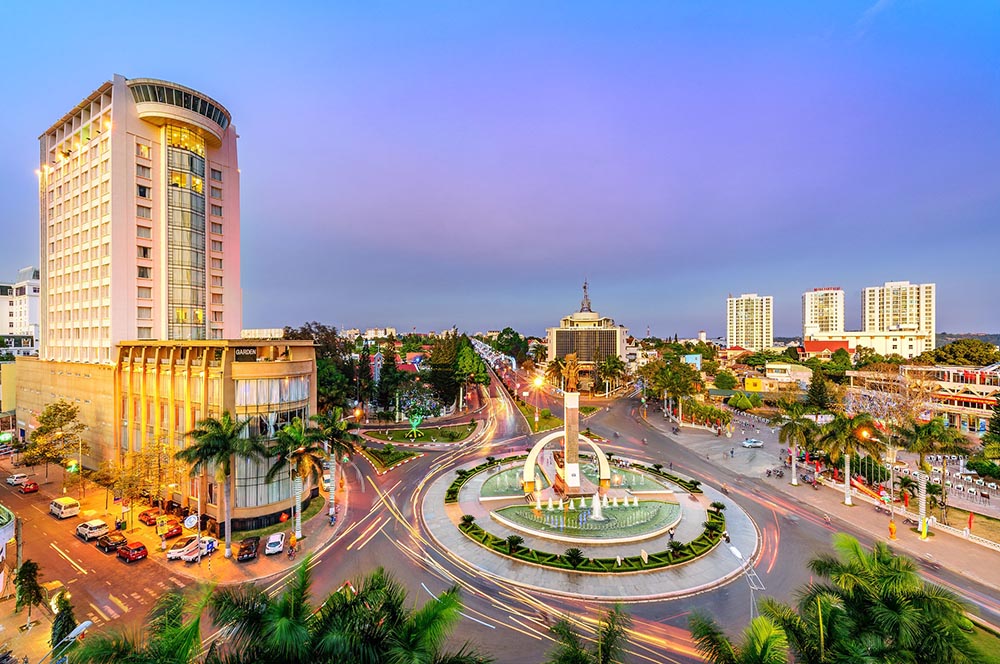
Having understood the seasonal divisions of Dak Lak’s climate, we can now identify the most favorable months to visit this breathtaking region. The dry season stands out as the perfect travel window, particularly from December to March when Dak Lak becomes a tapestry of color and culture.
While the dry season guarantees pleasant weather, it also provides a unique chance to connect with the local communities through festivals. Many travelers find the charm of Dak Lak amplified during this time, where gatherings showcase traditional dances, local crafts, and culinary delights reflecting the rich cultural diversity of the ethnic groups inhabiting the region.
Moreover, the natural beauty witnessed during this period with vibrant flowers punctuating the landscape offers photography enthusiasts the canvas they’ve longed for, allowing them to capture stunning images that resonate with the essence of Dak Lak.
In a nutshell, the transition from wet to dry during the late months of the year serves as a metaphor for personal growth and rejuvenation an experience every traveler should endeavor to witness in Dak Lak.
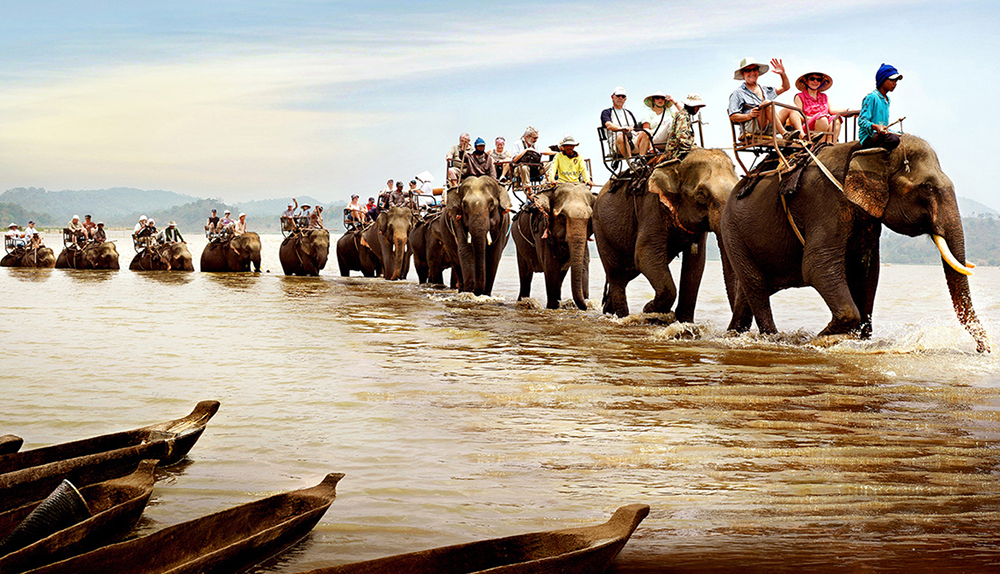
With a deeper understanding of Dak Lak’s climatic vagaries, it becomes clear that from December to March is the prime period to embark on your adventure. During these months, the weather conditions are nothing short of idyllic, making your travel experience infinitely more comfortable.
The enchanting beauty of this period is further punctuated by the natural phenomena that emerge during the blooming season. Wild sunflowers grace the rolling hills with their golden hues, particularly mesmerizing visitors in late December through January. This display of nature can evoke feelings akin to walking through a living painting, where vibrant yellows and gentle greens harmonize to set the scene for your exploration.
Traveling through Dak Lak during the ideal months also allows for exploration of its unique attractions whether it’s watching the mesmerizing dance of the elephants during the annual Elephant Race Festival or visiting Lak Lake with its serene waters reflecting the stunning highland sunsets. Every corner of Dak Lak has a story to tell, beautifully narrated through its cultural richness and stunning natural landscapes.
Travelers should keep an eye on local festival calendars and events, as participating in these celebrations can significantly enhance your experience, merging adventure with cultural immersion. By visiting Dak Lak during this golden period, one truly navigates a slice of heaven that is defined by both its vibrant flora and the warm-hearted communities residing within.
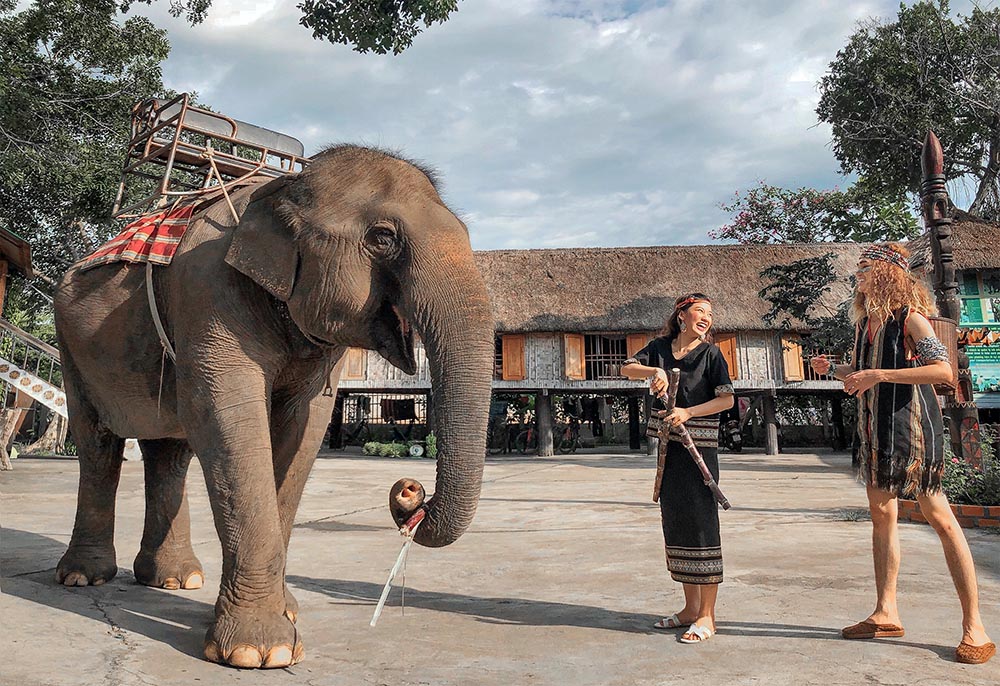
As we step into April, its uncharted territory serves as a subtle reminder of the inevitable transition from the dry warmth of the earlier months to the onset of the rainy season. Although April is often seen as the tail-end of the prime travel season, it still offers unique experiences for the discerning traveler, making it an ideal month for those looking to get ahead of the tourist crowd.
With temperatures rising higher, averaging around 35°C (95°F) during the day, April can serve as a sensory feast. The landscapes often radiate hues of sharp greens and earthy browns. Even though it may feel like an intensity envelops the air, the change heralds opportunities for exploration at a slower pace, sidestepping major tourist rushes.
As the vibrant flowers fade, the charm of the landscapes transforms into a different kind of allure. On the other hand, you may still encounter lingering cultural aspects of the previous festival season, making your interactions with locals refreshing a chance to experience their genuine hospitality. Further, you can explore local markets as vendors prepare for the upcoming rainy season, adding an entirely new layer to your journey.
In conclusion, April offers a unique vantage point, one where nature and culture coalesce, and you might just uncover the quieter, nuanced stories of Dak Lak that are often overlooked during the bustling months.
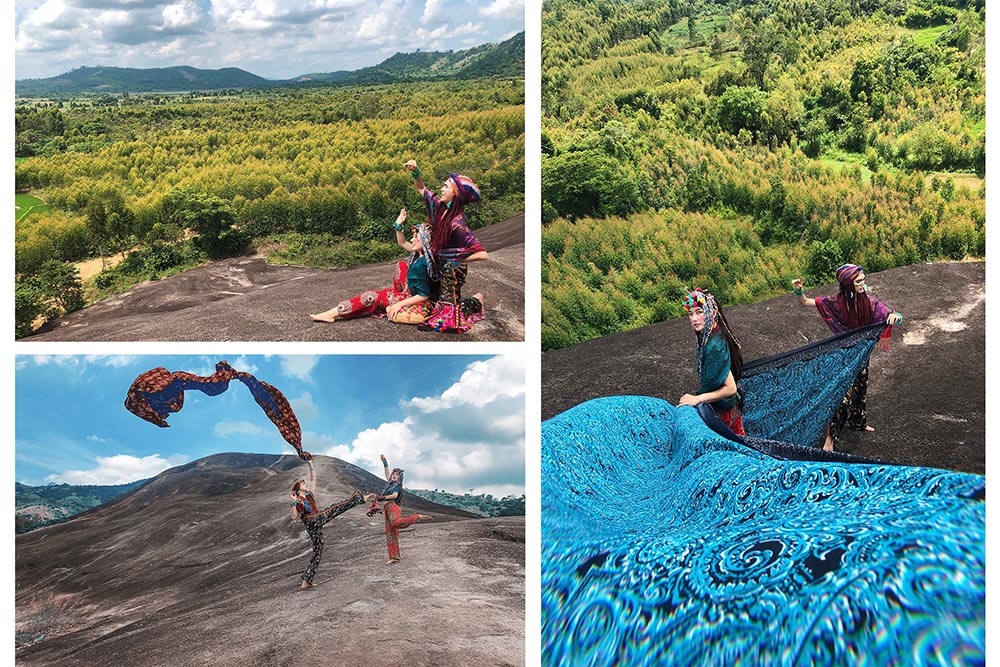
As we tread further into the specifics of Dak Lak's climate, it becomes clear that identifying the peak seasons also leads us to some of its most captivating highlights. From cultural festivities to breathtaking landscapes, these seasonal highlights can guide travelers to plan their itineraries effectively, thus amplifying their experiences while visiting Dak Lak.
November emerges like a soft whisper, lovingly cradling Dak Lak as it sheds the weight of the previous wet season. As the final curtain of the rainy season lifts, November welcomes clear skies and refreshing coolness, painting a serene picture for visitors exploring the region. The rivers remain full from the recent rains, and the mountains burst forth with life, creating an atmosphere of rebirth.
Explore majestic waterfalls once more; Dray Sap and Dray Nur still exhibit the vigor from the rains, making for beautiful sights. Outdoor enthusiasts will find November appealing, as nature is vibrant yet forgiving, presenting excellent opportunities for hiking, photography, and site explorations.
Moreover, the onset of the dry season is heralded by wild sunflowers starting to bloom toward the end of the month, adding bursts of gold amidst the captivating greenery a mesmerizing floral spectacle rewarding travelers and artists alike.
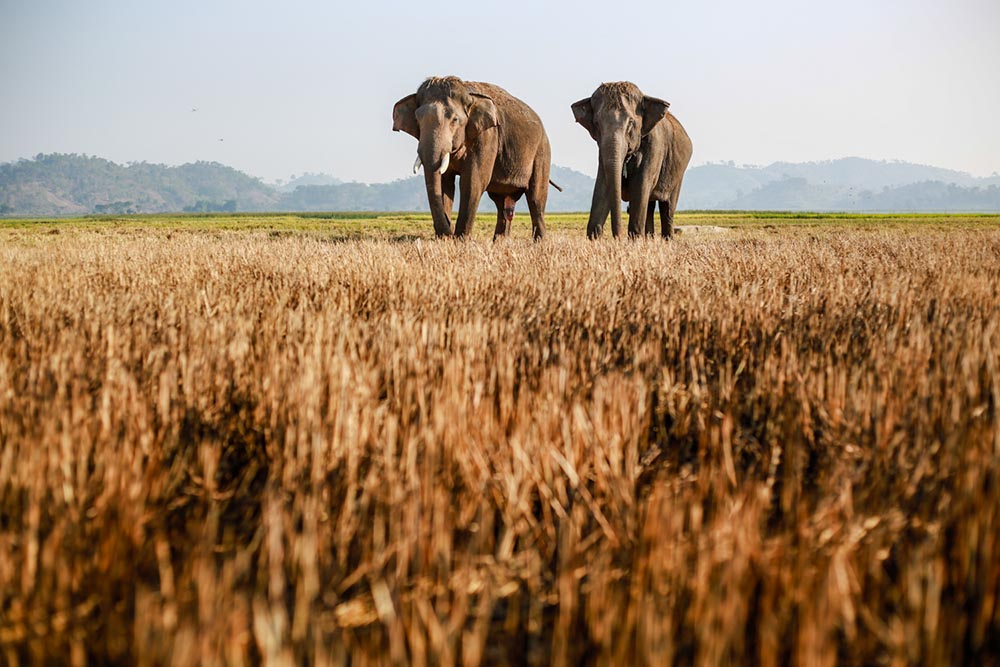
The bloom of nature finds its apex in February through March, a magical time when flowers burst forth in resplendent colors turning Dak Lak into a floral paradise. Spring takes on a literal meaning as the wild sunflowers are accompanied by the blooming of coffee flowers and a myriad of other tropical blossoms, transforming the landscapes with an aura of celebration and splendor.
Tourists can engage in local festivities such as the Coffee Flower Festival, graced by cultural performances and traditional gatherings, while also taking the time to explore the regions filled with coffee plantations showcasing their blooms. The air fills with adventure not just in the form of nature but in connecting deeper with the heart of Dak Lak through its people and traditions.
Moreover, this floriferous season also encourages trekking through scenic landscapes where trekkers encounter vibrant blooms and local wildlife. Picture yourself standing amid sprawling fields of wildflowers it's a vivid reminder of the tapestry of life Dak Lak harbors within its bounds.
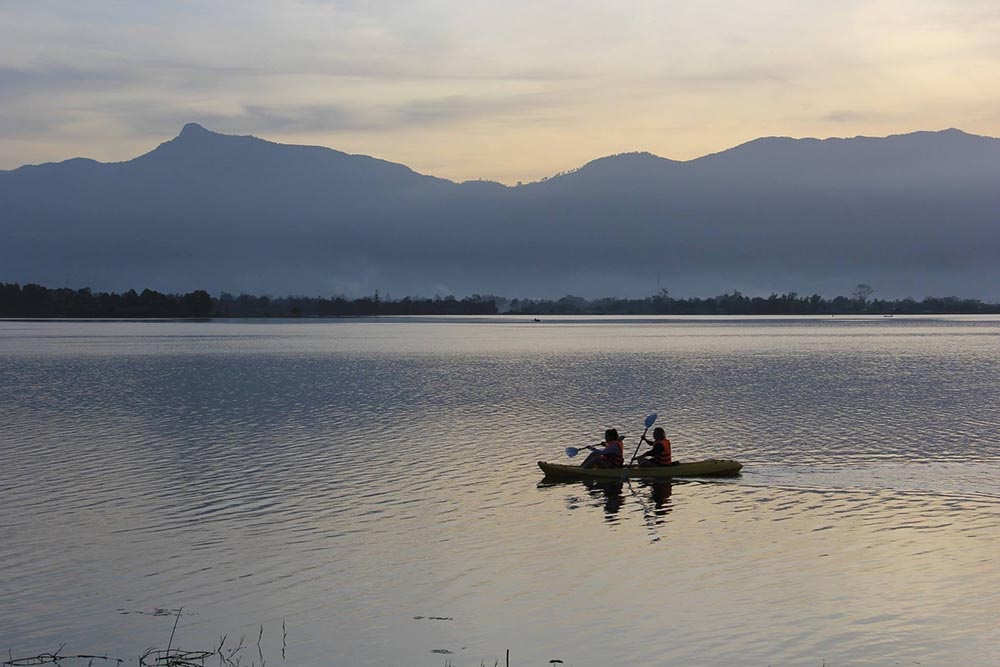
Delving deeper into planning the best time to visit Dak Lak enables travelers to engage fully with the activities characteristic of each season. Understanding what each period offers not only enhances itineraries but also promises unique experiences, rich in cultural and natural beauty.
The dry season from November to April is perhaps the most exciting time for nature enthusiasts and adventurers journeying through Dak Lak. It offers a plethora of opportunities for exploration, adventure, and connecting with Vietnam's breathtaking landscapes and diverse wildlife.
Exploring Dak Lak's natural attractions during the dry season reveals a vibrant tapestry woven with the joy of discovery. As you navigate the diverse ecosystems, each experience comes with the gentle whisper of history, beckoning you to engage deeper with the culture that thrives here.
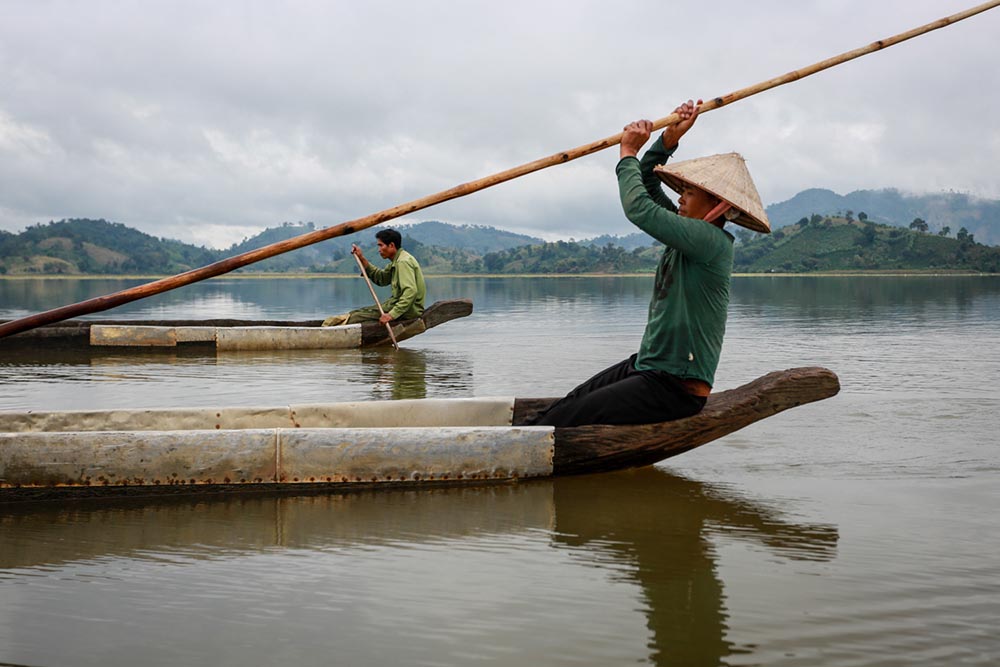
Cultural festivals that resonate deeply with the local identities set the stage for the early months of the dry season, particularly from late January to early March. Events like Tet, the Lunar New Year, and the Coffee Flower Festival highlight Dak Lak's rich cultural heritage, reverberating with tradition and festivity.
During these festivals, visitors can immerse themselves in local cuisine, experience traditional music, and witness village customs that pay homage to Dak Lak's rich heritage. The combination of festivities alongside the stunning natural backdrops makes early-year visits especially magical.
As you participate in these celebrations, the cultural richness experienced can create deep emotional connections, allowing travelers to leave with lasting memories of Dak Lak's warm hospitality and vibrant spirit.
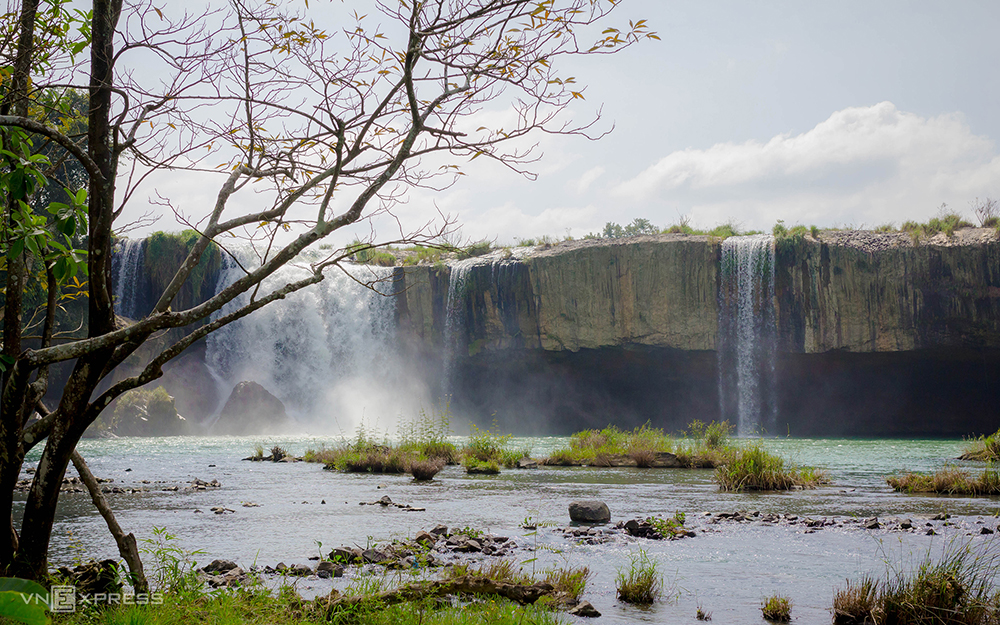
Understanding the implications of the rainy season is equally important for potential visitors, as it can vastly influence travel plans and enjoyment. To navigate Dak Lak with ease, it is beneficial to avoid the months from May to October when the region experiences significant rainfall that can hinder exploration.
The rainy season in Dak Lak typically spans from May through October, with the peak rainfall occurring between July and September. During these months, heavy downpours and high humidity can influence travel experiences significantly. Travelers may find it challenging to visit certain attractions as roads can become muddy and impassable, particularly to remote sites.
Travelers should evaluate whether their activities align with the rainy season’s conditions, opting for indoor attractions during peak rainfall, and ensuring they carry appropriate gear for unpredictable weather.
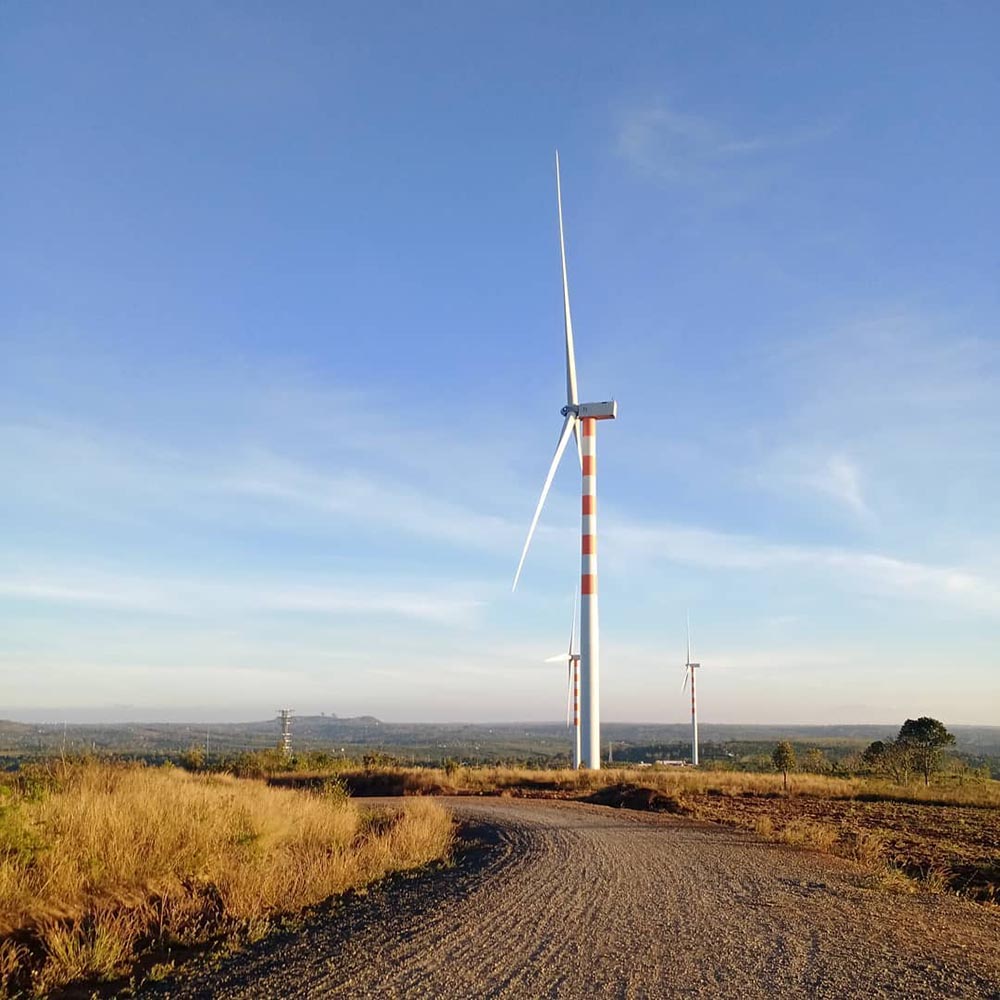
To enjoy a hassle-free travel experience in Dak Lak, potential visitors are advised to avoid planning trips during the rainy months of May to October. Specifically, July to September is notorious for heavy rainfall.
Making informed choices about travel periods helps ensure that visitors experience Dak Lak at its best, basking in the sunlight rather than clambering through mud and rain. For those yearning for an adventure marked by cultural immersion, the dry season remains the recurrent theme in planning an enriching journey through this enchanting highland province.
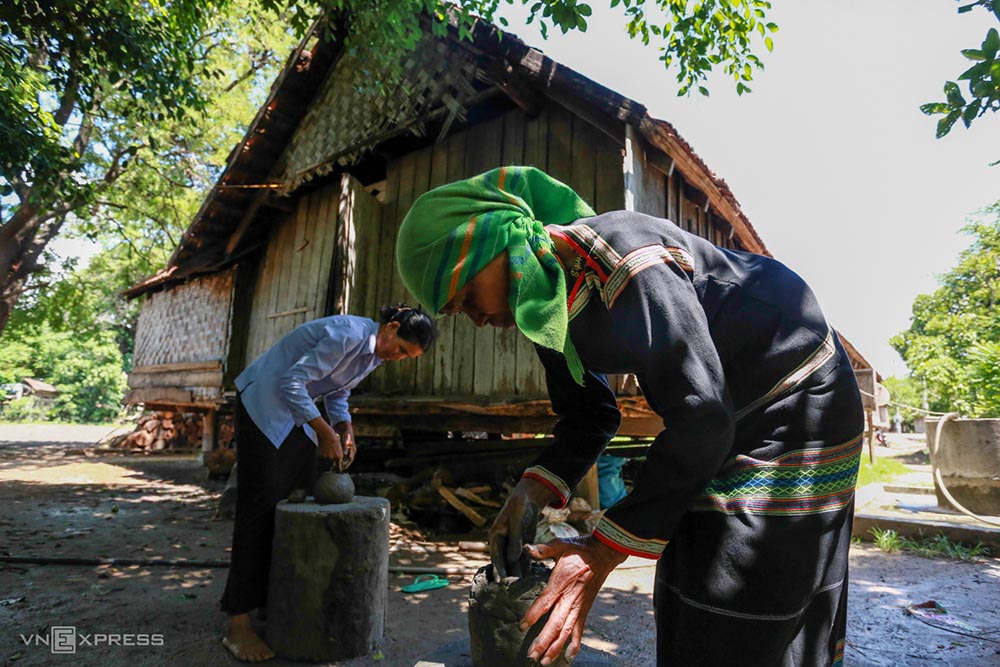
In summarizing Dak Lak’s seasonal travel characteristics, it is evident that the period from December to March emerges as the prime time for visitors. With clear skies, mild temperatures, and vibrant cultural events filled with rich traditions, Dak Lak begs to be explored during these months.
Navigating through Dak Lak’s wonders calls for attentiveness to its climatic trends where beauty unfolds in the merging of seasons, with experiences shaped and deepened by each traveler’s journey. Choosing the right time reflects a deeper understanding of not just surroundings, but the very heartbeat of Dak Lak its people, culture, and breathtaking landscapes that await those ready to embrace the adventure of discovery in Vietnam’s hidden highlands.
Choosing the ideal time to visit Dak Lak, Vietnam, is more than just checking the weather; it is about immersing oneself in the vibrant tapestry of culture and nature that the region has to offer. With its enchanting dry season ranging from December to March, visitors can experience comfortable temperatures and partake in colorful festivals while soaking in stunning landscapes. Each season carries its own story, from the wild sunflowers blooming to rich cultural experiences, painting a vivid picture of life in the Central Highlands. So, weigh your options, plan wisely, and let Dak Lak unveil its magic before your very eyes. Experience everything this beautiful province has in store, allowing its charms to create memories that linger long after you’ve departed.